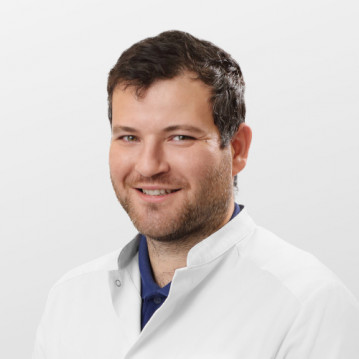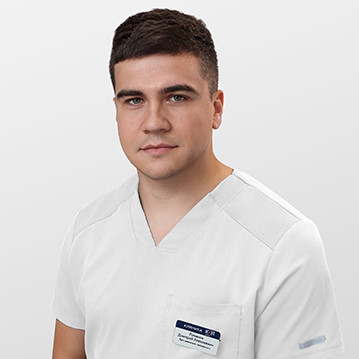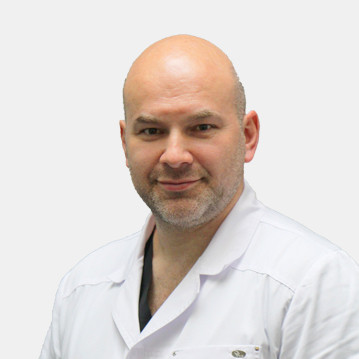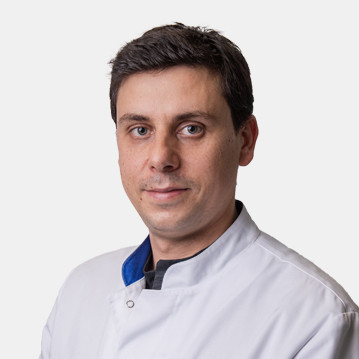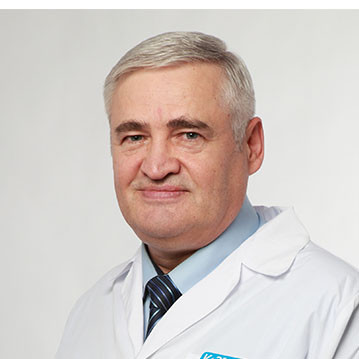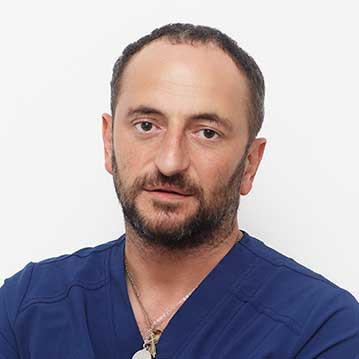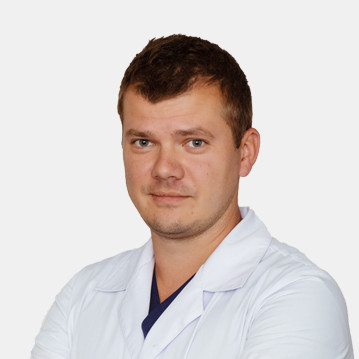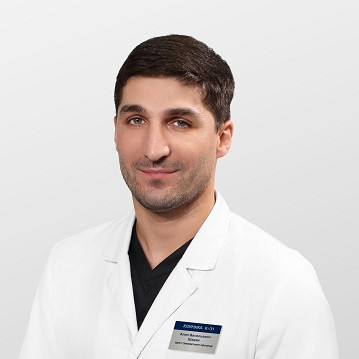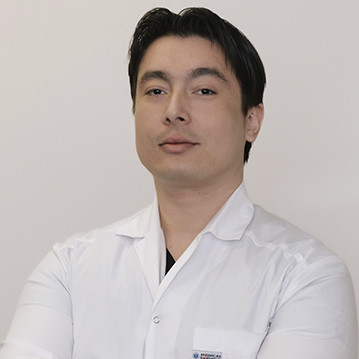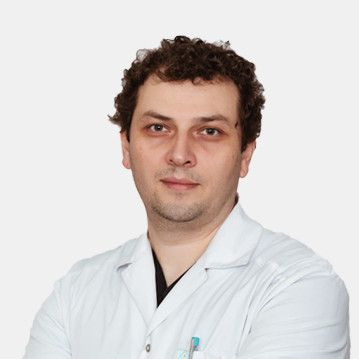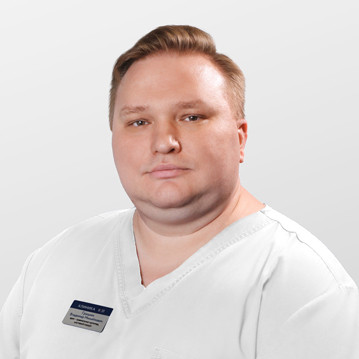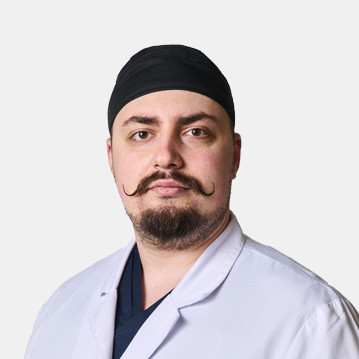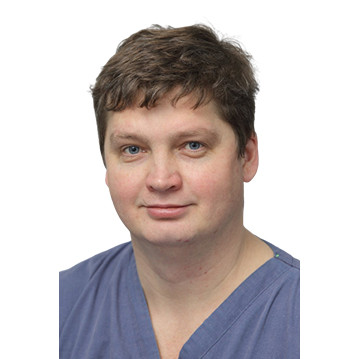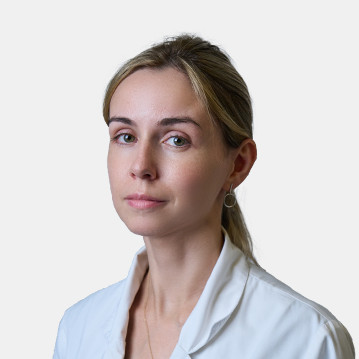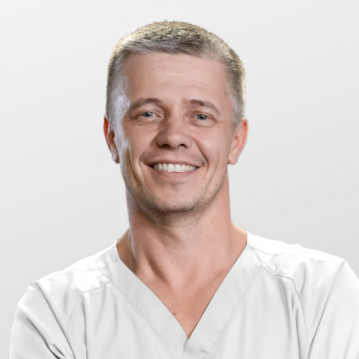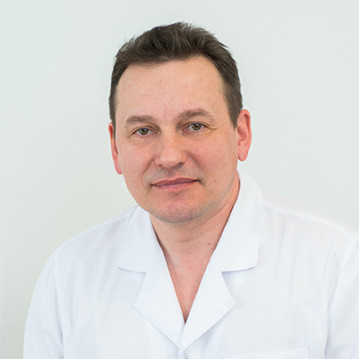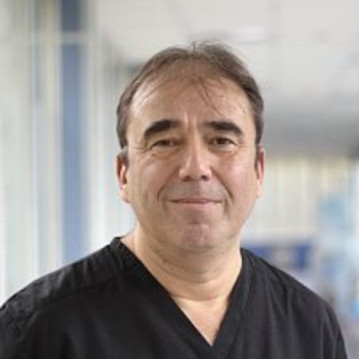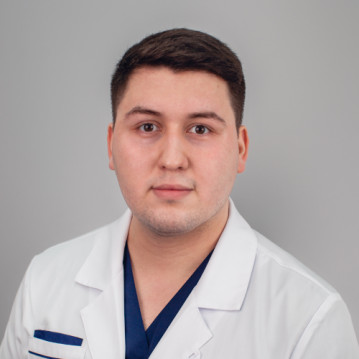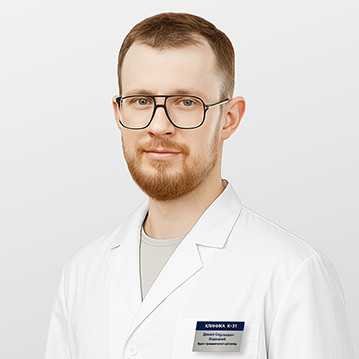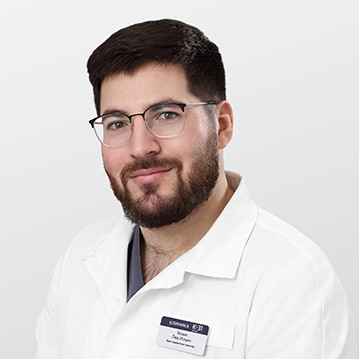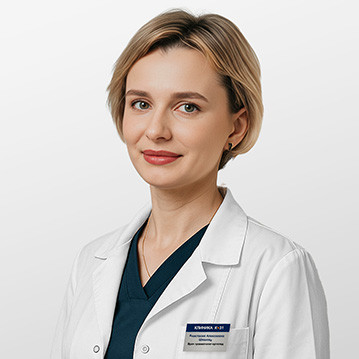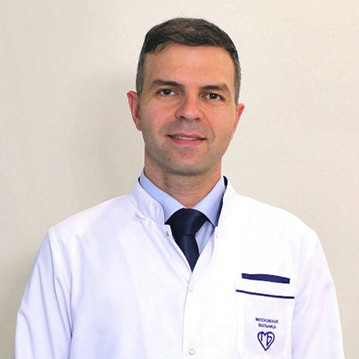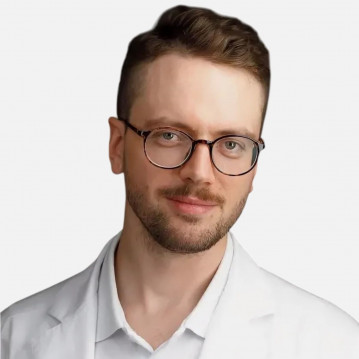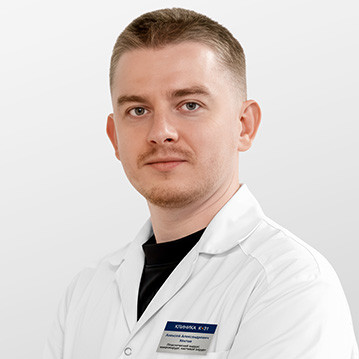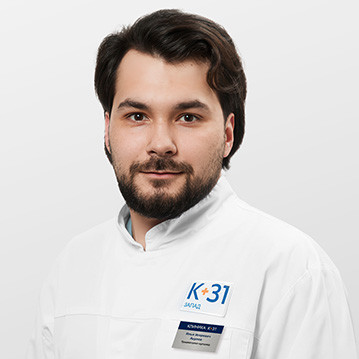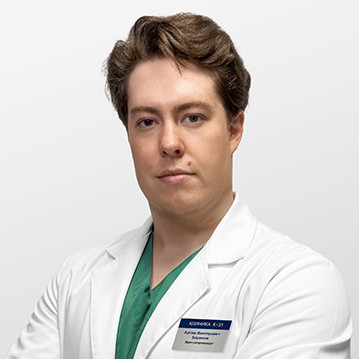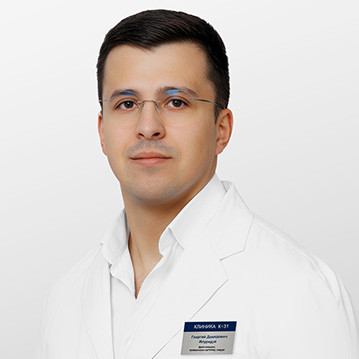Oncoorthopedics

specialists

equipment

treatment
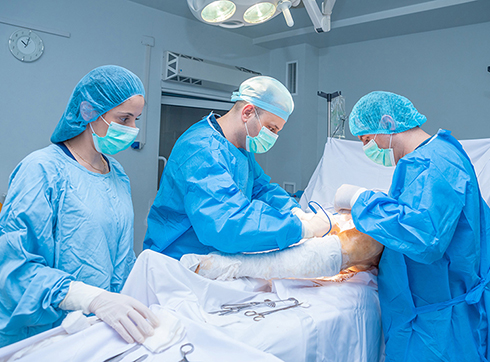
About the service
Orthopedics oncology is a specialty of oncology that deals with the diagnosis and treatment of malignant tumors of joints, bones and soft tissues of various locations. The main areas of activity of onco-orthopedics:
- Bone cancer.
- Tumors of bones, soft tissues, primary and metastatic tumors.
- Oncology of the spine bones (vertebral tumors).
- Soft tissue marcomas of the extremities.
- Joint lesions.
- Melanoma.
- Skin cancer.
Thanks to clinical trials and scientific advances in the field of oncology, these pathologies can be cured. It is important to know that if previously the affected upper or lower limb was usually amputated, today timely detection of the tumor and the latest methods and technologies of treatment and surgery make it possible to avoid this. If necessary, the affected bone, part of the soft tissue and skin are replaced with an endoprosthesis, and the patient’s quality of postoperative life is practically not affected.
Osteosarcoma is a neoplasm that occurs directly in the bone tissue. After removing part of the bone, this tissue builds up. If the bone has to be removed completely, then it is replaced with an endoprosthesis.
Ewing's sarcoma is more common in teenagers or children. The cause of development is believed to be genetic disorders. If the tumor is large, then the patient is prescribed a course of chemotherapy. During the operation, an autograft (the patient's own bone tissue) is used. or endoprosthesis. Teenagers or children are fitted with "growing dentures". They may be further extended. without having to repeat major surgery.
Chondrosarcoma affects cartilage cells. Most often, tumors of this kind are diagnosed in older people. If the neoplasm is located close to the surface of the body, then radiosurgery is used to remove it. Restoration of cartilage tissue usually requires subsequent medical treatment in combination. with a course of rehabilitation.
Synovial sarcoma often affects large joints. The most modern method of treatment, along with surgery, is brachytherapy. This is one of the varieties of radiotherapy, but the tumor is irradiated not only from the outside of the body, but also from the inside. To do this, a capsule with a radioactive substance is placed inside the affected tissues.
At the moment, more than 50 types of soft tissue sarcomas and more than 20 types of malignant bone tumors are known. And each of them requires its own special treatment.
Among the symptoms indicating the development of oncology, there are:
- Aching pain in the area of the bone or joint.
- Elevated blood calcium levels.
- Deformation of the bone or swelling on it, felt on palpation.
- Bone fracture under minimal load.
Neoplasms often occur on the lower, less often upper extremities, and very rarely in the head and neck area. The causes of bone metastases can be breast cancer, prostate cancer, kidney cancer, lung cancer and other malignant processes in the body.
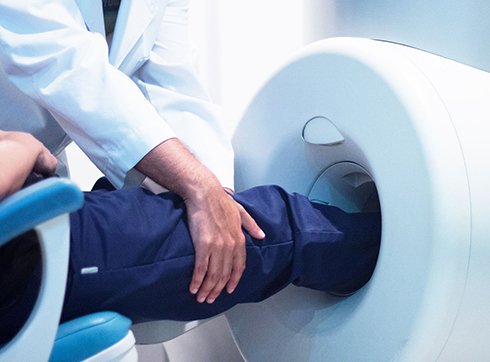
To diagnose neoplasms (primary and metastatic) and lesions of the musculoskeletal system, joints and bones, a biopsy is necessary. It is needle-shaped and open. In the first case, a hollow needle is used to take a fragment of the affected tissue. In an open biopsy, a small incision is made. Studying the sample allows you to accurately determine the nature of the oncology and find out whether it is malignant or benign.
The following diagnostic and research procedures help to obtain data on the size of the tumor and the focus of its growth in neighboring organs and to clarify the diagnosis:
- X-ray
- MRI
- CT or computed axial tomography (CAT).
- PET-CT (to detect metastases).
Our medical care center has equipment for high-precision diagnosis of any tumor pathologies. To get tested, call us or leave a request on the site, and we will contact you.
Services
Make an appointment at a convenient time on the nearest date

This award is given to clinics with the highest ratings according to user ratings, a large number of requests from this site, and in the absence of critical violations.

This award is given to clinics with the highest ratings according to user ratings. It means that the place is known, loved, and definitely worth visiting.

The ProDoctors portal collected 500 thousand reviews, compiled a rating of doctors based on them and awarded the best. We are proud that our doctors are among those awarded.
Price
Treatment of patients with such diseases should be carried out by experienced specialists. The doctors of the Department of Orthopedics and Traumatology of our center are highly qualified and have extensive experience in treating bone and soft tissue cancers.
The choice of methods for the treatment of such diseases depends not only on the data obtained during the diagnosis, but also on the general condition of the patient, the stage of the disease, and also on the presence of concomitant diseases.
In case of tumors of the spine, surgery is most often performed through an incision on the patient's back. Depending on the size of the lesion, the tumor and adjacent vertebrae may need to be removed. They are replaced with dentures.
One of the new methods of treating bone tumors is radiosurgery. It consists in targeted irradiation of the tumor with a high dose of radiation. In this case, adjacent tissues are practically not damaged, so the procedure is safe for the patient.
The following treatment methods are used for tumor lesions of bones and soft tissues:
- Bone resections.
- Arthroplasty.
- Using a patient's bone fragment to replace a damaged area.
- Removal of malignant tumors.
- Vertebroplasty.
- Chemotherapy for bone and soft tissue sarcomas.
- Radiation therapy.
- others
In the treatment of oncological diseases, an integrated approach and combined methods are most often followed, for example, surgical treatment is combined with courses of chemotherapy and radiation therapy. in the choice of methods and the process of treatment involves specialists from different areas and departments from the field of oncosurgery, chemotherapy, radiology, immunology, onco-orthopedics, etc. Due to which, in most cases, it is possible to avoid amputation.
In some metastatic bone tumors and benign formations, apply minimally invasive surgery. They strengthen the bone and eliminate pain.
The endoprosthesis is a multicomponent system. Arthroplasty for tumor lesions can be used for large joints, long bones, pelvic bones, ribs, vertebral bodies, or bone fragments. The endoprosthesis replaces the affected area of the bone and the joint adjacent to it. It is made from non-magnetic titanium alloys, which are not rejected by the body and do not interfere with MRI, CT and other types of diagnostics in the future.
Indications:
Various options for endoprosthetics, reconstructive plastic surgeries, and minimally invasive interventions included in modern oncologic orthopedics allow effective treatment of patients previously considered unpromising.
In our center you will receive an integrated approach and the participation of doctors from different departments, as well as comfortable hospital stay. We offer all medical care after endoprosthetics - organization of rehabilitation, exercise therapy, drug rehabilitation therapy.
Our specialists have experience in removing bone tumors, treating melanoma, skin and soft tissue cancer. Follow the news and reviews about oncology treatment in our centers. Sign up for a consultation on the website and we will contact you as soon as possible. An orthopedic oncologist in Moscow at K+31 sees patients every day.

